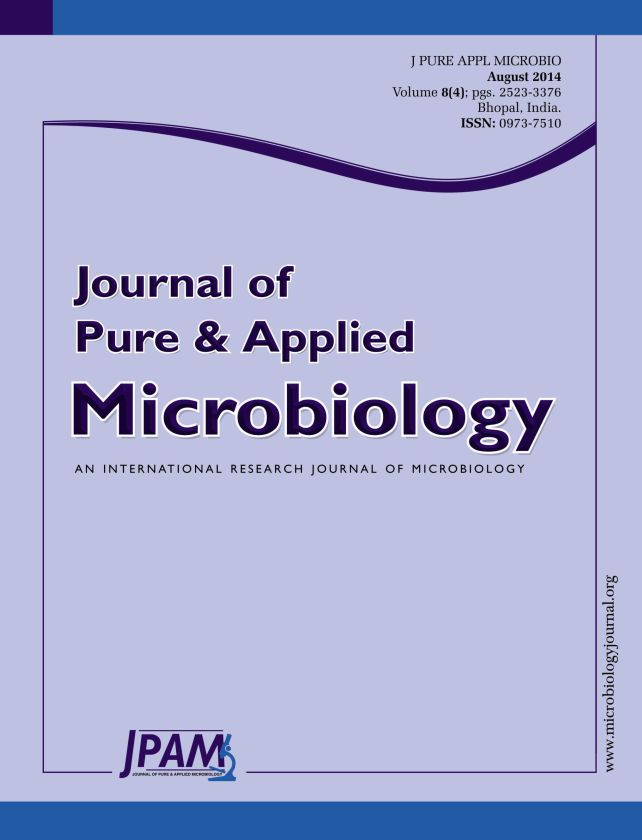The main objective of this study was to evaluate antimicrobial activity of the soil fungi collected in Khao Nan National Park, Nakhon Si Thammarat Province, Thailand. The broth ethyl acetate extracts (BE) and the cell ethyl acetate extracts (CE) of soil fungi which displayed potential antimicrobial activity from primary screening were prepared and investigated for their antimicrobial activities against a number of human pathogens. Of 160 crude extracts, 81 crude extracts (50.63%) from 52 fungal species displayed antimicrobial activity against at least one of the tested strains. Indeed, the BE extracts was more effective than the CE extracts. MIC evaluation of these active extracts against each tested pathogen revealed that BE extract from Trichoderma harzianum WuHQ75 displayed a lowest MIC (1 µg/ml) against Microsporum gypseum; CE extract from Aspergillus flavus WuHQ25 exhibited the best MIC value at 16 µg/ml against Staphylococcus aureus ATCC25923; BE extract from Trichoderma brevicompactum WuLP33 and BE extract from Trichoderma atroviride WuGn24 showed the best MIC value at 16 µg/ml against Candida albicans ATCC90028; BE extracts of Fusarium solani WuLP66, unidentified sp.5 WuKL37, and T. brevicompactum WuLP33 displayed the best MIC value at 32 µg/ml against methicillin-resistant S. aureus SK1, Escherichia coli ATCC25922, and Cryptococcus neoformans ATCC90112, respectively. Among 81 extracts, only the CE extract from Penicillium sp. 2 WuGn15 exhibited MBC value at 128 µg/ml against methicillin-resistant S. aureus SK1. Overall, these results demonstrated that soil fungi are potential source for antimicrobial substances.
Antimicrobial activity, Soil fungi, Natural products
© The Author(s) 2014. Open Access. This article is distributed under the terms of the Creative Commons Attribution 4.0 International License which permits unrestricted use, sharing, distribution, and reproduction in any medium, provided you give appropriate credit to the original author(s) and the source, provide a link to the Creative Commons license, and indicate if changes were made.


